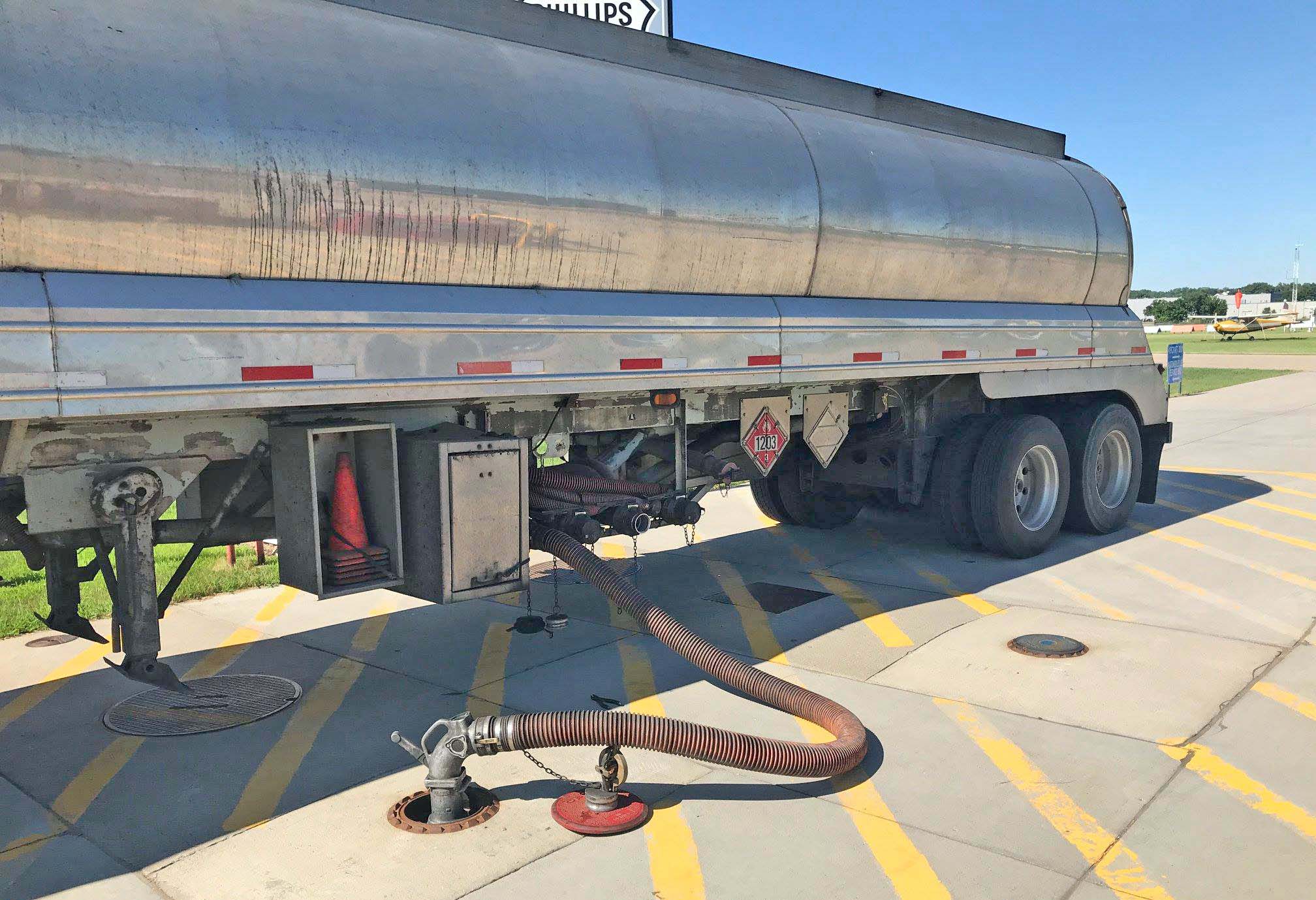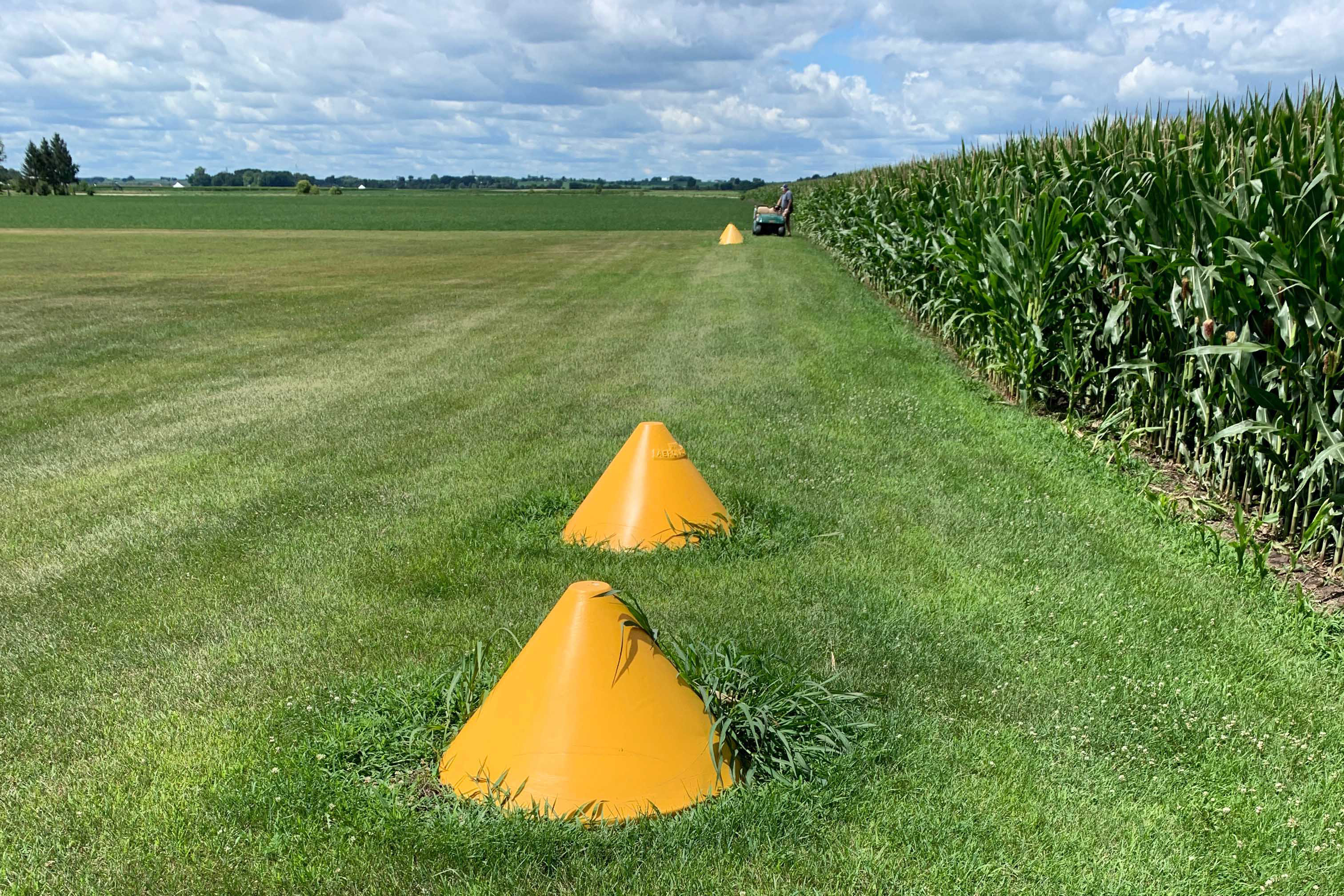Most of Minnesota’s aviation community is probably familiar with recent efforts among government and industry stakeholders to eliminate lead in aviation gasoline (avgas). The initiative is responding to recommendations in the National Academies of Sciences, Engineering, and Medicine January 2021 report mandated by Congress in the 2018 FAA Reauthorization Act.

Avgas remains the only transportation fuel in the United States to contain lead. The most common and reliable type of avgas is 100 octane low lead, also known as 100LL. This leaded fuel contains tetra-ethyl-lead, an additive used to prevent engine damage at higher power settings.
Although the FAA does not have direct regulatory responsibility for aviation fuels, it provides the initial certification approval of the aircraft with the fuel it operates on, and it oversees aircraft operators to ensure use of the correct fuel.
The FAA is working with critical government and industry partners to develop a multi-layered strategy to reduce and ultimately eliminate lead from fuel for piston-engine aircraft. This strategy includes continued FAA collaboration with industry through the Piston Aviation Fuels Initiative (PAFI). The FAA is also continuing to support other fuel applicants pursuing engine and airframe approvals that would allow the use of their fuel formulations via traditional certification processes through the supplemental type certificate (STC) process.
In February 2022, the FAA joined a public-private partnership to transition to lead-free aviation fuels for piston-engine aircraft by the end of 2030, known as the Eliminate Aviation Gasoline Lead Emissions, or EAGLE, initiative. In November 2023, the first unleaded fuel candidate successfully passed the most rigorous PAFI initial detonation and 150-hour engine durability test phase. The FAA has approved advancement to full-scale engine and flight testing of unleaded UL100E aviation fuel for piston-engine aircraft developed by LyondellBasell Industries/VP Racing. The unleaded fuel will now move into the PAFI full-scale engine and airframe testing consisting of ten engines and eight aircraft, which is expected to be completed in 12–18 months.
Previously, the FAA signed supplemental type certificates that allowed General Aviation Modifications Inc.’s (GAMI) 100-octane unleaded fuel (G100UL) to be used in every GA spark-ignition engine and every airframe powered by those engines in September 2022. Under the broad approval, the agency is requiring GAMI to work with aircraft owners to track and report any mechanical issues that may arise from use of the fuel, as well as to track fuel deliveries to airports across the nation. In February 2023, GAMI announced it had officially begun selling STCs for G100UL and reported that it hopes to have the fuel available in California in 2023 and nationally by 2026.
Swift Fuels received FAA approval for 94-octane unleaded fuel several years ago and has expanded distribution. The FAA is also working with Swift Fuels on an STC for a limited number of engines/aircraft to operate on a high-octane unleaded fuel (100R) late in 2023.
Briefings will cover more on this topic and implications for the Minnesota airport community in its next issue. Stay tuned!
—Amy Friebe is the Briefings editor.


